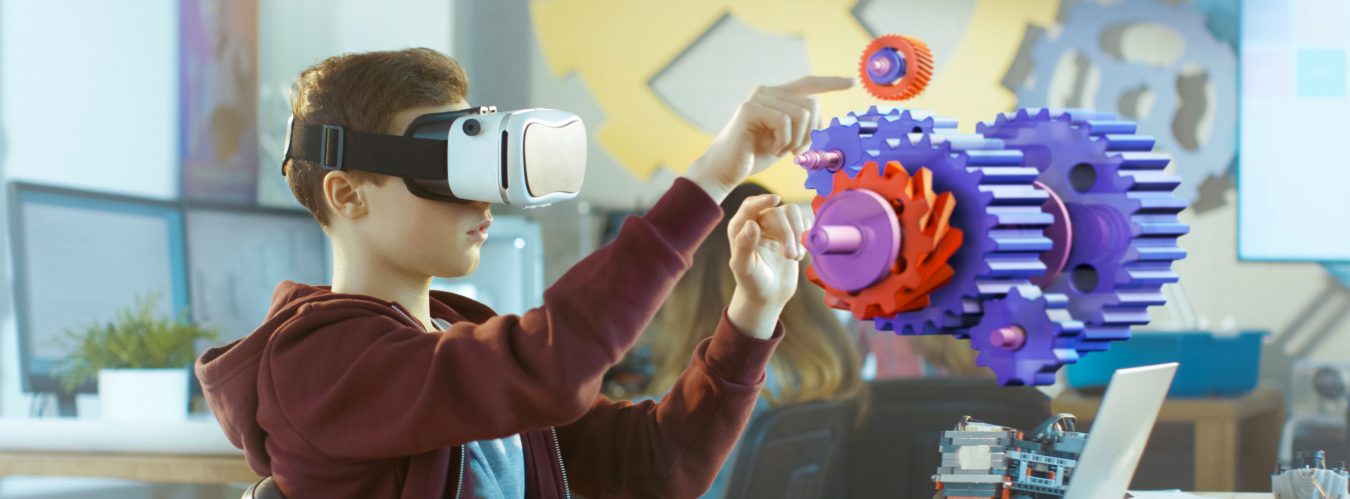
I and two colleagues attended Panopto’s annual conference in London last week, a professional event with over 300 delegates at 30 Euston Square, an impressive building owned by the Royal College of General Practitioners. It was a far cry from the first UK Panopto conference, which I organised just six years ago in November 2011 and had just 17 delegates in the Hartley Suite. This is a measure of how fast Higher Education has adopted lecture capture technology, and how for many institutions it has become a standard part of their offer.
There is no doubt that student demand for lecture capture has been a significant driver, and Rowan South, Education Officer from Newcastle University’s students union presented compelling data and video testimonies that showed the impact that it has had on the student experience. The aspect that surprised me was the sheer range of accessibility challenges that it helps students overcome; not just dyslexia and ESL issues but mental health, injured hands, chronic fatigue and sleep disorders. And then there were students who had timetable clashes or sports commitments, or those who simply zoned out sometimes during lectures, perhaps just thinking about something their tutor had just said. Moving to an opt-out policy in which all suitable lectures are automatically recorded by default would answer this student demand, but of course presents some significant technical challenges (filestore! processing!) as well as requiring sensitive persuasion of unconvinced or reluctant academics.
Terese Bird (University of Leicester) showed research that explored how students there use Panopto’s notes and discussion features to support collaborative learning using recordings, while Karl Luke (Cardiff University) found that around 25% of their students sometimes watch recordings as part of a small group, taking notes and talking about the content. It seems that the notes taken from recordings are often more detailed than those taken in class, because student(s) can pause it while they add detail or follow up ideas with a web search. Karl also made the intriguing suggestion that tutors could consciously add elements to their live lectures that scaffold effective learning activities for students who are watching the recording, such as advice to pause and read a linked journal article or complete a calculation. They could even encourage and support social learning through group activities such as pausing to discuss a key question about what has just been said.
A technical session laid out Panopto’s roadmap for the next couple of years, with plans for better Gradebook integration of Panopto quizzes (did you even know that you can now add multiple-choice quiz questions to recordings?) and student video assignments (which make a welcome change from written essays). There will also be embedded YouTube videos, an improved mobile player, full WCAG level A accessibility and a playlist feature that can combine resources across courses and folders. Further down the road, low-cost automatic captioning and translation using artificial intelligence is under development.
In his closing keynote, Eric Burns, the CEO and co-founder of Panopto made the point that the technology is now mature and works reliably at scale. The challenge for educators is to develop their pedagogies to take advantage of the novel opportunities now possible.


